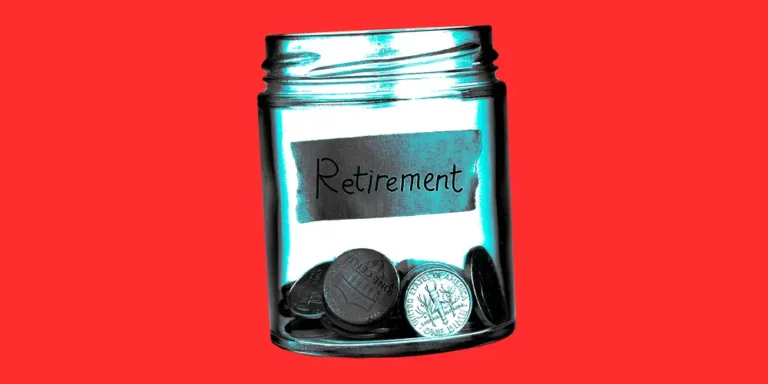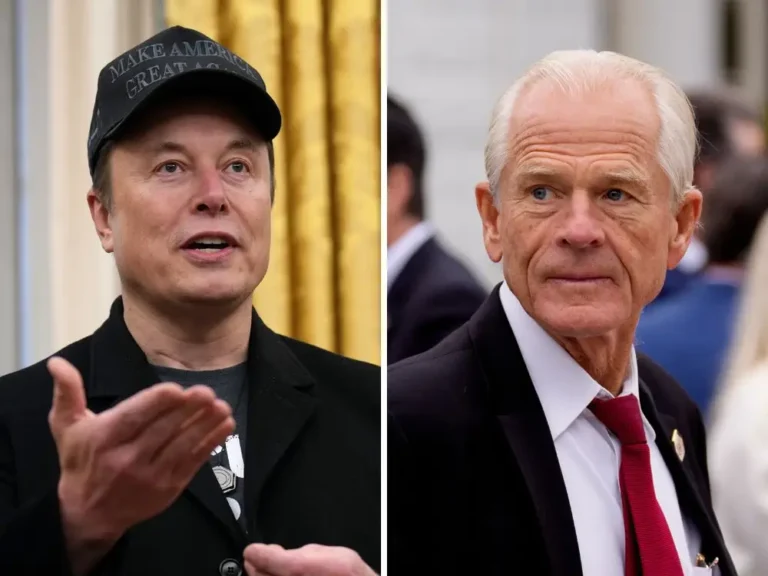Top strategists at Goldman Sachs’ $2.7 trillion asset management arm share why they’re optimistic about the economy, all-in on AI, and bullish on these 6 investments in 2024

Our investing experts respond to readers’ questions and write unbiased product reviews (here’s how we evaluate investing products). Paid non-client promotion: We may receive a commission from our partners in some cases. Our thoughts are always our own.
- Goldman Sachs Asset Management believes interest rates will be less of a concern next year.
- The US economy will avoid a recession as growth remains steady and inflation falls.
- Here are six investments that the firm’s leading investing minds are bullish on now.
According to the top investment minds at Goldman Sachs Asset Management (GSAM), investors should not expect too many changes in 2024.
According to the $2.7 trillion firm’s base case, the US economy will continue to expand next year, albeit at a slower pace, as interest rates remain high and inflation continues to fall.
Those forecasts are mostly in line with Wall Street consensus. While GSAM’s strategists are confident in their convictions, they remain humble and prepared to pivot, especially given that this year has demonstrated that forecasting the future is anything but easy.
“If we’ve learned anything from this year, where everyone was expecting a lot of bust and that never happened,” said Alexandra Wilson-Elizondo, GSAM’s head of multi-asset funds, at a virtual conference on November 7.
Consumers, global conflicts will take center stage in 2024
Because central banks’ policy decisions can have a significant impact on stocks and the economy, interest rates have been the market’s primary focus in 2023.
That narrative should shift next year, when the Federal Reserve is likely to stop raising interest rates, according to Ashish Shah, an investing chief at GSAM, who spoke at the conference. However, he added that financial conditions will remain tight, leaving the economy vulnerable to unexpected shocks.
“Being higher for longer is going to start to bite in 2024 for a lot of companies and consumers that are exposed to those short-term rates as refinancing starts to take place,” Shah said in a statement. He also mentioned that the Fed is shrinking its balance sheet by selling bonds, which reduces the amount of cash in circulation and, by extension, economic growth.
As Fed decisions fade into the background, Shah believes consumer strength will take center stage.
Personal spending exceeded expectations in September, despite long-term bears. According to David Rosenberg, the strength is deceptive because consumers relied heavily on pandemic-era stimulus, which is now drying up. Without those so-called “training wheels,” the pessimistic economist predicts that spending will deteriorate, resulting in a long-awaited recession.
“Consumers were able to save quite a bit of money and received a lot of support from the government, and that led to the ability to spend, regardless of individual circumstances,” Shah said in a statement. Those with lower incomes benefited the most from this assistance, he added.
Although Shah did not predict a drop in consumer spending, he did note that the end of stimulus has changed purchasing habits. People are buying less expensive goods and reducing larger discretionary purchases, he said, but this should help bring inflation back to the Fed’s 2% target.
The labor market will also be a focus next year, according to Wilson-Elizondo. The unemployment rate has risen in recent months, and the multi-asset fund manager believes it will rise higher than most expect in 2024.
However, lower consumer spending and a slightly higher unemployment rate pale in comparison to the potential economic damage caused by rising tensions in Israel and Ukraine. According to GSAM strategists, investors are overlooking the risk that the conflicts will cause a sharp slowdown.
“We hate risks that are outside of our control,” said Michael Bruun, GSAM’s global co-head of private equity, at the conference. “Geopolitical risk is something I cannot predict or control.” And right now, it’s probably underpriced compared to what we’re seeing.”
Unexpected risks aren’t the only ones that aren’t priced into markets. According to Goldman Sachs, generative artificial intelligence will increase productivity by a staggering 1.5 percentage points per year over the next decade, which Bruun compares to the early effects of electricity and the internet.
“If you look at wider implications for the economy, it’s likely that this will lead to reasonably substantial productivity gains,” Bruun said of artificial intelligence. “There’s no doubt that it will have a fundamental impact on our economy.”
6 investments to make in 2024
According to GSAM strategists, a familiar economic environment will help many of this year’s winning investments post strong returns again in 2024.
According to Wilson-Elizondo, US stocks have consistently outperformed their international counterparts over the last 15 years and will continue to do so due to their diverse, global revenue streams. She believes the group has a particularly bright near-term outlook but may underperform in the long run.
According to GSAM, the best markets to invest in outside of the United States are India and Japan. A GSAM portfolio manager said in May that companies in those countries were among his best bets.
India’s BSE SENSEX Index is up 6.8% in 2023 but has risen nearly 13% since late March, thanks in part to Indian companies diversifying their supply chains away from China to reduce geopolitical risk. As a result, the world’s most populous country is experiencing a manufacturing boom that doesn’t appear to be slowing anytime soon, according to Wilson-Elizondo.
Japanese stocks have been among the best performers this year, with the Nikkei 225 up more than 23%. Many of the country’s corporations have rewarded shareholders for the first time in years by repurchasing undervalued stock and increasing dividend payments, which has fueled the rally.
GSAM is also excited about bonds, which were crushed across quality and duration as interest rates rose and continue to be under pressure as the Fed maintains high rates. Last month, several fixed-income experts told Insider that this is one of the best backdrops for bonds in decades, because yields, which move inversely to bond prices, are at their highest levels since the financial crisis.
Higher bond yields typically reflect higher risk because investors demand better compensation for taking a risk. But it’s not just junk bonds with enticing yields; Wilson-Elizondo claims that debt for investment-grade companies pays mid-single-digit rates despite having strong fundamentals.
“We’re suggesting an up-in-quality approach with yields in the 4% to 6% range, which is about double what we saw in the 2009 to 2019 decade,” she said. “Simply stated, you just don’t have to stretch for returns.”
Private credit, which Wilson-Elizondo claims can offer 11% to 12% yields, can help sophisticated investors boost their returns even further. According to GSAM, this alternative investment can diversify a portfolio while providing lower loss ratios than high-yield debt.
“We believe investors can profit from higher funding costs,” Wilson-Elizondo said.
Finally, GSAM believes gold, which has gained over 9% since early October, is worthwhile to own because it diversifies portfolios while providing hedging protection against geopolitical risks.






